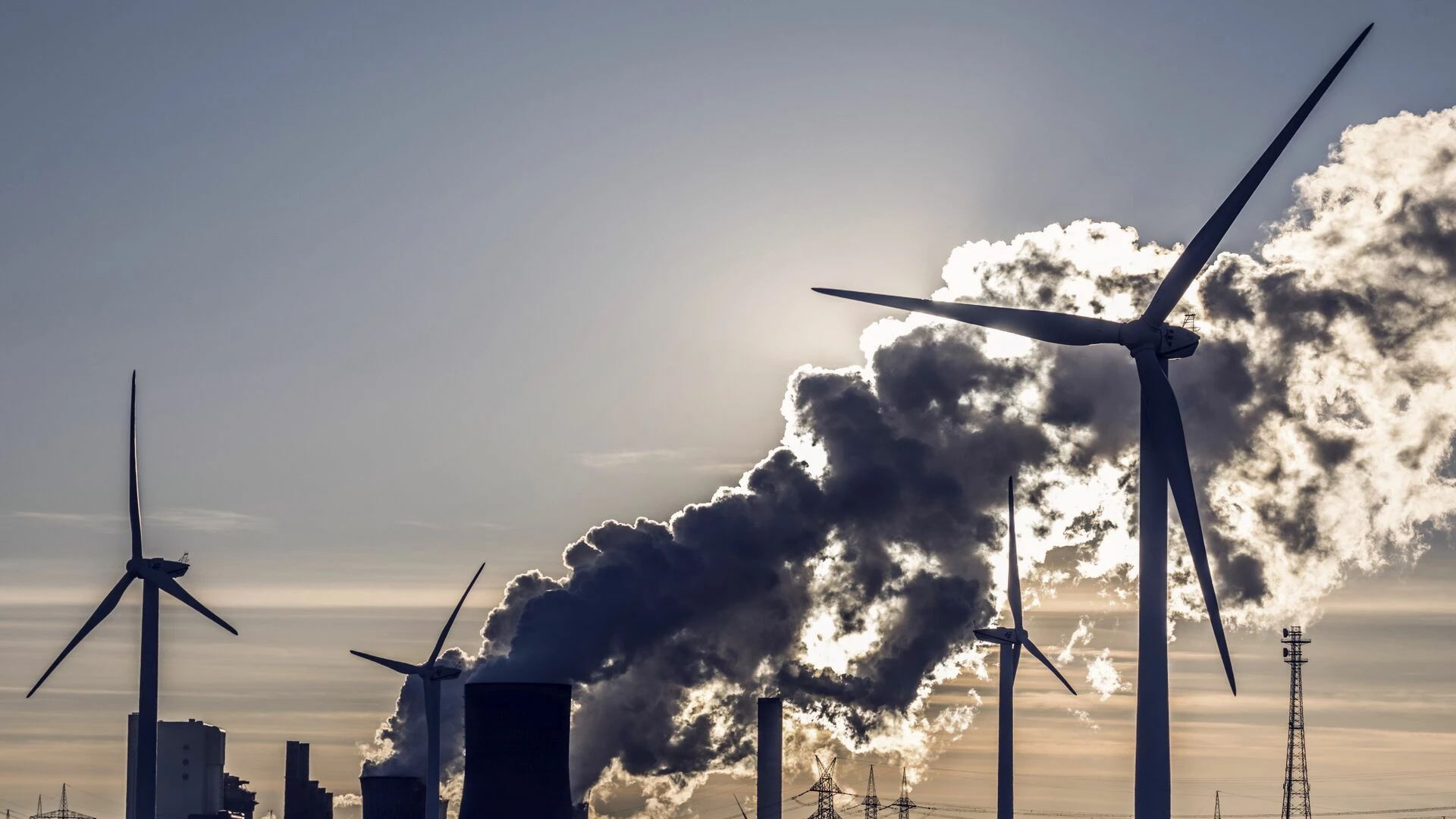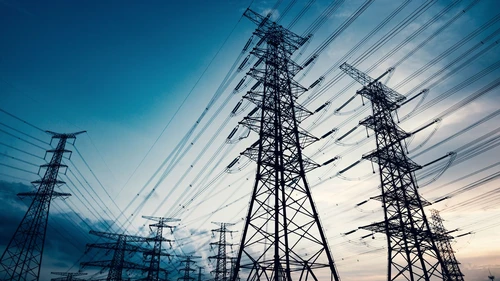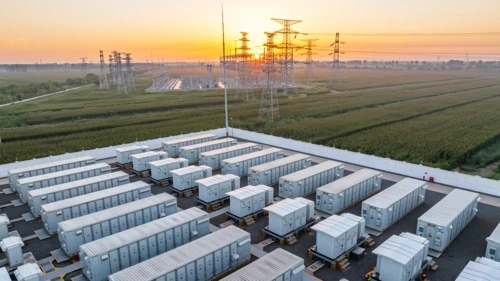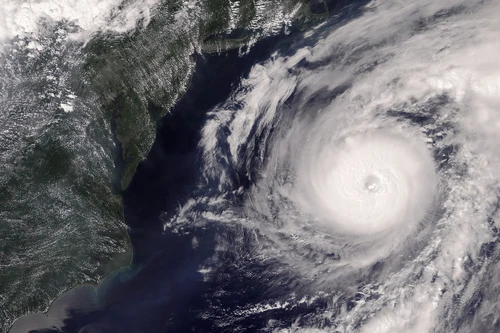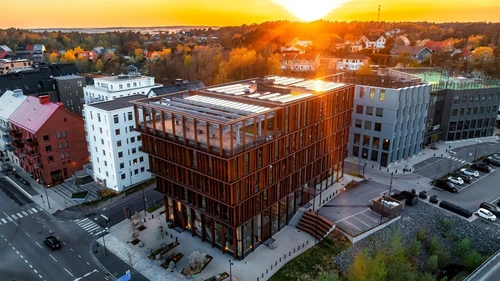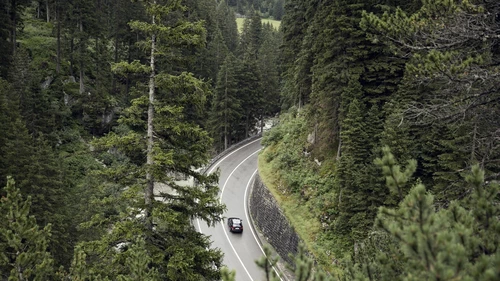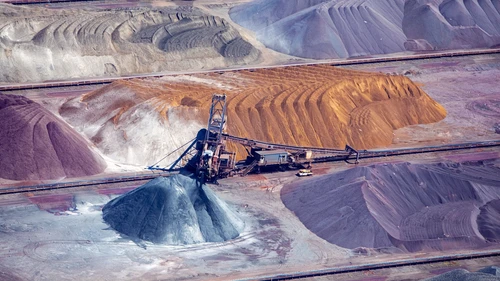From clean energy pioneers to system builders
The Nordic countries Denmark, Finland, Sweden, and Norway have long been recognized as global leaders in clean energy. With over 90% of their electricity generation coming from renewable and low-carbon sources, the Nordics have successfully been able to create energy security while maintaining strong social trust in communities. Norway produces nearly all its electricity from hydropower, while Sweden and Finland rely on a mix of hydropower and nuclear, complemented by rapidly expanding onshore wind and solar. In Denmark, wind power is the dominant electricity source, accounting for close to 60% of electricity generation in recent years, data from Energistyrelsen shows, with solar growing quickly. The Nordics are expected to have a fully decarbonised electricity system by 2030.
However, the energy transition is entering a new phase due to the penetration of renewables, price volatility and the increased need for flexibility and storage. Also, electrification is no longer limited to light-duty transport or residential heat pumps. It is expanding into the hardest-to-abate sectors: steel, chemicals, shipping and large-scale digital infrastructure. As electrification spreads, electricity demand is forecast to increase dramatically. At the same time, new challenges are emerging with volatile markets, geopolitical insecurity and rising social and environmental conflicts around energy development.
The European Union has laid out a robust climate and energy governance framework through the Green Deal, the Fit for 55 legislative package and the REPowerEU plan. These policies aim to reduce emissions by 55% by 2030 and achieve net-zero emissions by 2050. For the power sector, four instruments are particularly impactful, including the Renewable Energy Directive (RED III); the EU Emissions Trading System (ETS), the EU Effort Sharing Regulation (ESR) and the EU Taxonomy Regulation.
Electrification and demand growth: A structural shift
Across all Nordic countries, electricity is emerging as the primary energy carrier for achieving deep decarbonisation. Several trends are driving this transformation:
- Rapid electrification in transportation, with Norway having surpassed 88% electric vehicle (EV) market share in new car sales. Sweden is approaching 60%, and Denmark and Finland are not far behind.
- Scaling of green industrial production. Stegra, formerly known as H2 Green Steel, plans to commission a 5 TWh/year hydrogen-powered steel mill in Boden by 2026. Finland’s Outokumpu is piloting low-carbon stainless steel using similar methods. Sweden’s HYBRIT project, a joint venture between SSAB, LKAB, and Vattenfall, has already produced fossil-free sponge iron using hydrogen made from renewable electricity, pending a final investment decision for full-scale implementation.
- Growth in data infrastructure and battery industries. Norway, Sweden and Finland are home to several hyperscale data centers and, potentially, gigafactories for battery cells. These projects require enormous amounts of electricity, typically secured through long-term power purchase agreements (PPAs) tied to renewable sources.
- Emergence of Power-to-X (PtX) projects, with Denmark committing to produce green fuels for aviation and shipping, as well as natural gas from biowaste and renewable sources. See Mission Possible Partnership’s Global Project Tracker.
Electricity demand in the Nordics is expected to double by 2050. This requires not only more generation capacity, but smarter grids, new flexibility tools, and large-scale infrastructure investments.
